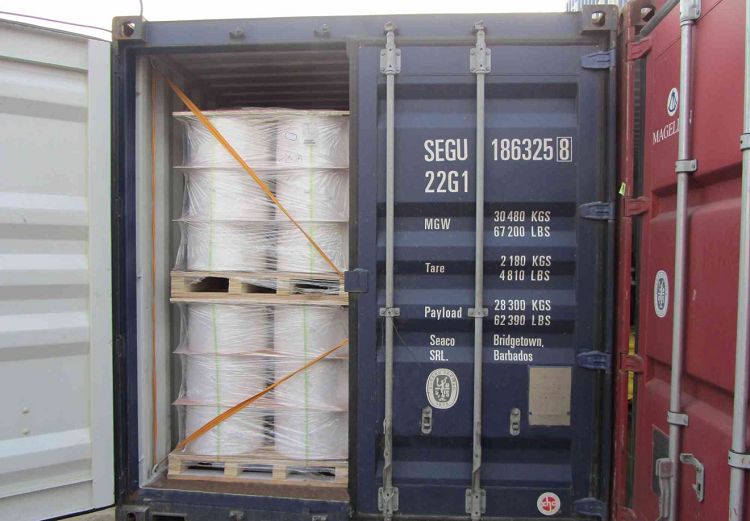

The scope of the ASTM-D999 package test covers vibration testing of filled shipping containers. These tests evaluate the performance of a container. The package testing of this standard takes into account the inner packaging and closure means.

The test sample consists of a container filled with inner packaging and actual content. As long as any defect is recorded before the test, the contents may use stained or rejected products. Whenever possible, five or more repeatable tests should be performed to increase the statistical reliability of the data obtained. Exposure to vibration can affect the shipping container, inner packaging, contents, and closure means. The test in ASTM D999 allows an analysis of the interaction of these components.
This packaging test standard is suitable for testing containers of any form, material, type, inner packaging design, closure tools, size and weight.
Why is it important to test vibration? Shipping containers are constantly subjected to dynamic pressures caused by vibrations. Vibration resonances can be excessive and lead to packaging and product failure. It is important to identify critical frequencies and packet voltages to minimize this damage.
To get an appointment, to get more detailed information or to request an evaluation, you can ask us to fill in our form and reach you.